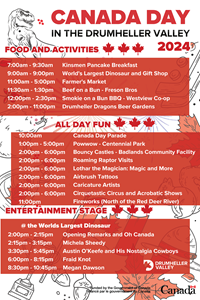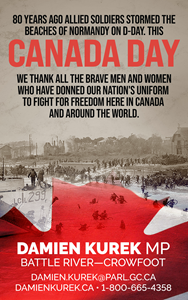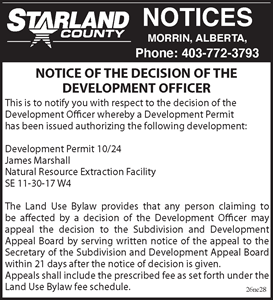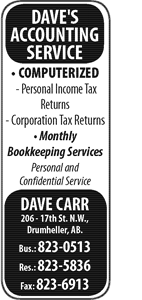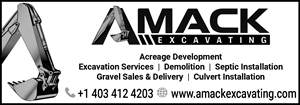
Dear Working Wise:
I started framing houses this summer and so this is going to be my first winter working outside in the cold. It already feels chilly and I know it’s going to get worse. Do you have any tips on staying warm? Signed, Freezing
Dear Freezing:
Working in the cold can be uncomfortable and even dangerous.
Employers are responsible for the health and safety of the workers on their work sites. Working in the cold is a hazard and so your employer should be monitoring the outside temperature and taking steps to protect you.
However, you also have a role to play in protecting yourself and the people you work with. The person most likely to notice frostbite, hypothermia or dehydration is you or one of your coworkers. Here are some tips to help you stay safe and warm this winter.
Dress in layers—Layers allow you to adjust as the temperature, wind and your physical activity level changes. This prevents you from getting too cold or hot—causing you to sweat. Damp clothing wicks away body heat and causes you to feel colder faster.
Stay out of the wind—a mild 20 km/h wind can make -20 C feel like -30 C. If you can’t work inside, try building a wind break.
Take frequent breaks—employers should provide a heated rest area. A schedule of regular rest breaks, based on the conditions, should be established to allow workers to warm up. Workers should be allowed to decide how often they need to take breaks—the schedule is just to ensure that you don’t forget to stop and warm up.
Limit your exposure—get your tools and nails ready before you go outside. Work on small projects inside and then carry them outside for installation. Work outside during the warmer hours of the day and work inside during the colder ones.
Drink warm liquids—drink coffee, tea and hot chocolate to help you warm up and alternate with water or a sports drink. Caffeine speeds up your metabolism, causing you to sweat and possibly dehydrate and lose electrolytes.
Cover your head and hands—the greater the surface area of your skin is exposed, the more heat your body loses. If you are on your knees a lot, wear extra protection on your knees to insulate them from cold surfaces. Be careful, scarves and gloves can get caught in moving equipment.
Use enclosures and heating systems when possible—heaters can help take the edge of a cold work area or help you warm up while you’re taking a break, but be sure the area is well ventilated to prevent the build up of carbon monoxide.
Know the signs of frostbite—a tingling sensation or skin that looks pale and waxy are the first signs of frostbite. Your hands, face and feet are at the greatest risk, because your body diverts blood away from your extremities first when it starts getting cold.
Know the signs of hypothermia—severe shivering is an early sign of hypothermia. A severely shivering worker should be removed immediately from exposure to the cold.
Watch out for hazards—snow can hide tripping hazards like extension cords or even icy surfaces. Wear proper footwear and mark or remove hazards.
Ask your co-workers—you’ve probably already done this, but the people you work with have learned what works and what doesn’t. Check out what they wear and ask them what they recommend.
For more information and tips, visit http://humanservices.alberta.ca/whs and click on
Best Practice—Working Safely in the Heat and Cold in Best Practices publications.
Do you have a work-related question? Send your questions to Working Wise, at charles.strachey@gov.ab.ca. Charles Strachey is a manager with Alberta Human Services. This column is provided for general information.


